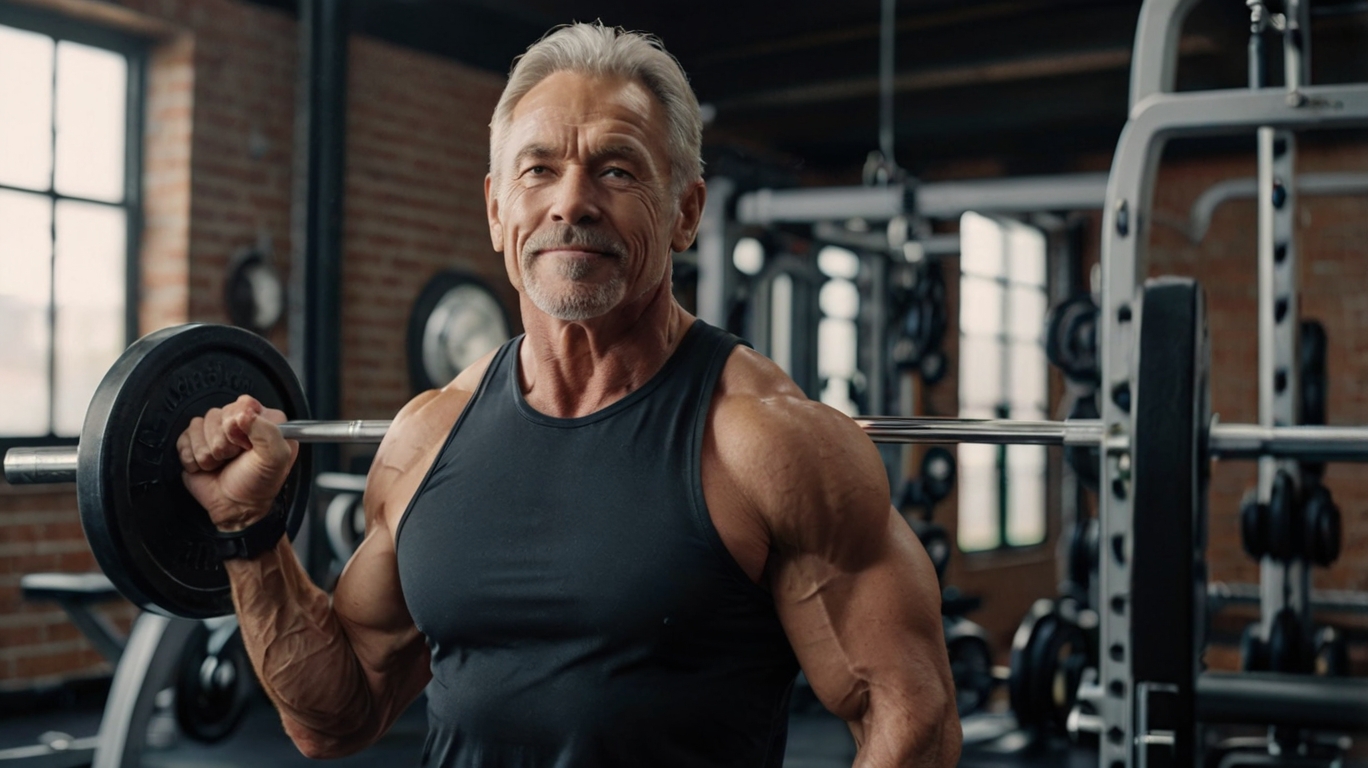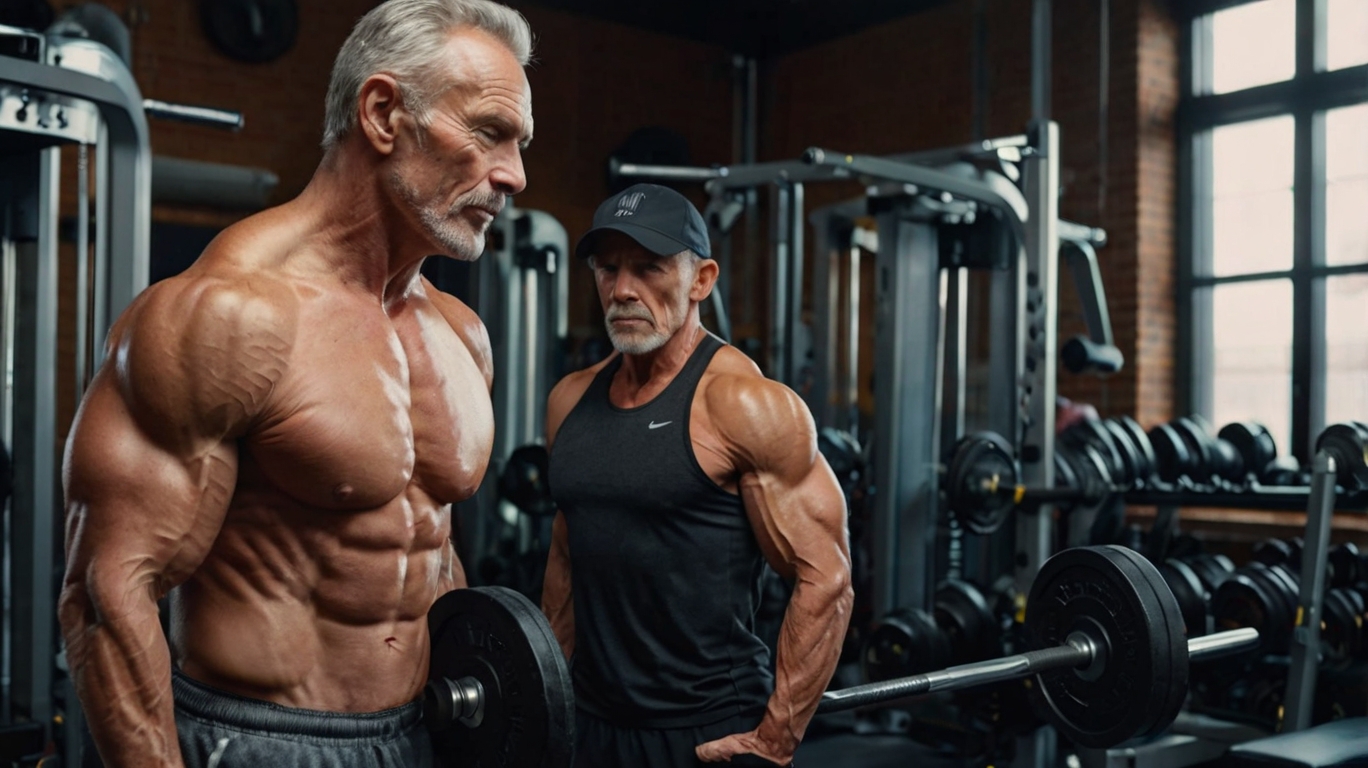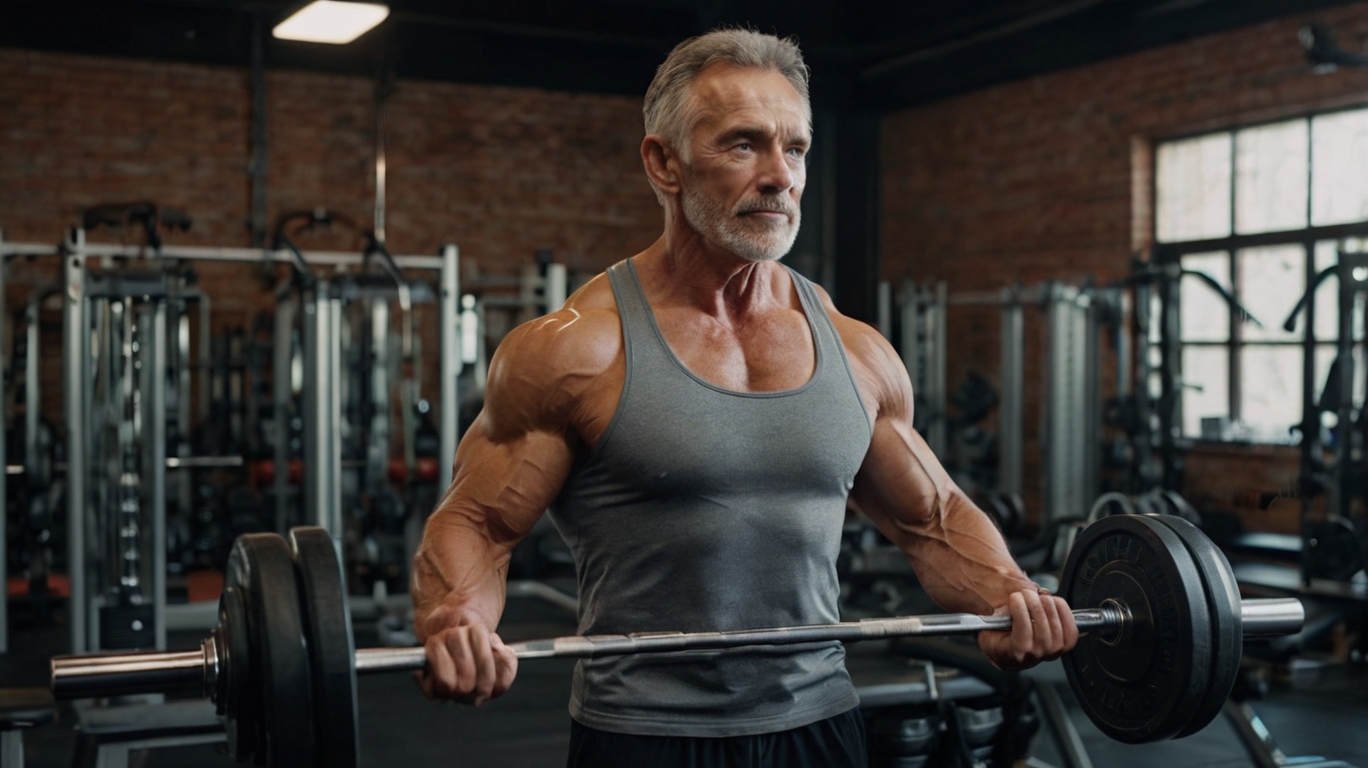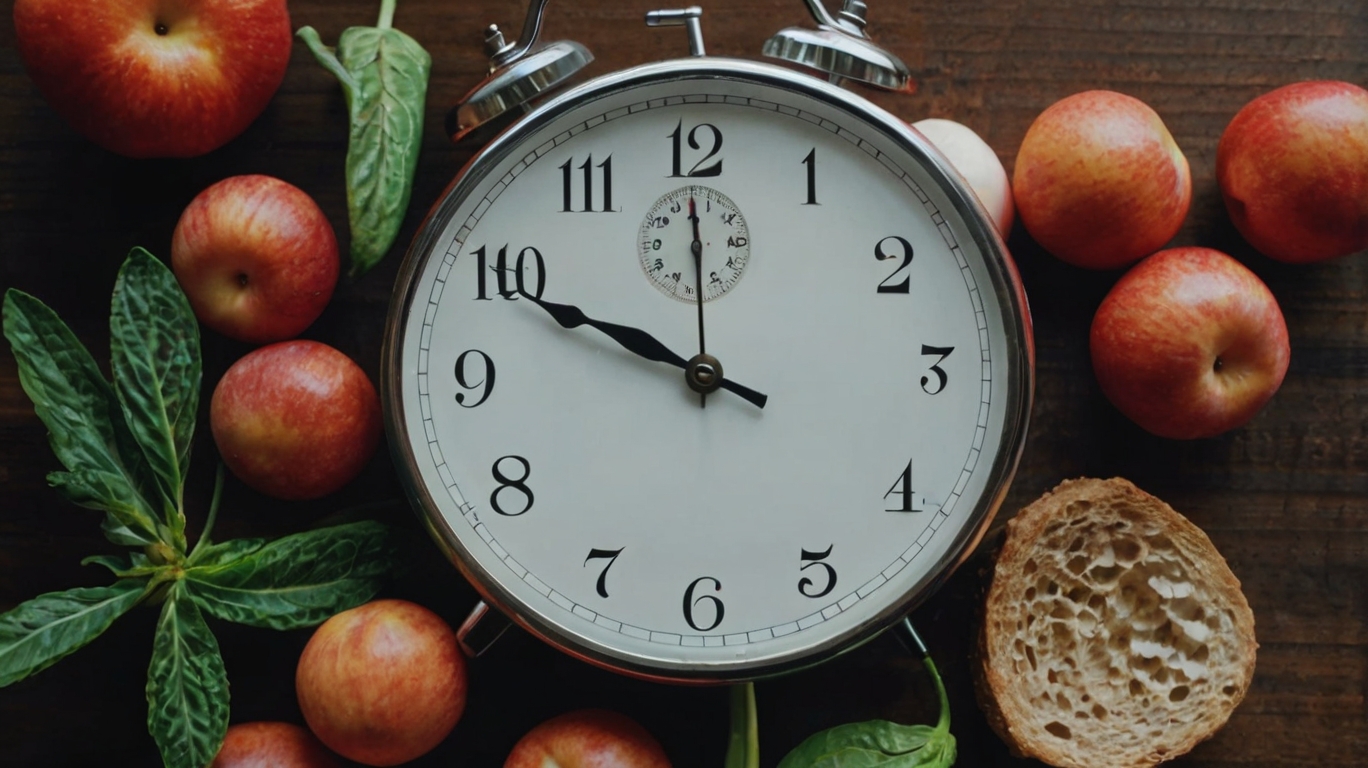Why Muscle Building After 50 is Different
Before diving into the strategies, it’s essential to understand the physiological changes that occur after 50:
● Declining Testosterone & Growth Hormone: These hormones play a crucial role in muscle growth, and their natural decline makes muscle gain slower.
● Slower Protein Synthesis: The body becomes less efficient at using protein to repair and build muscle.
● Joint & Recovery Challenges: Older adults may experience longer recovery times and joint stiffness.
● Increased Risk of Sarcopenia: Age-related muscle loss can lead to weakness, frailty, and higher injury risk.
Despite these challenges, research shows that consistent strength training, proper nutrition, and recovery can significantly counteract muscle loss and even promote new growth.
Science-Backed Tips to Build Muscle After 50
1. Prioritize Progressive Strength Training
Muscle growth requires progressive overload—gradually increasing resistance over time.
● Focus on Compound Movements: Exercises like squats, deadlifts, bench presses, and rows engage multiple muscle groups, stimulating more growth.
● Use Moderate to Heavy Weights: Studies suggest that lifting 70-85% of your 1-rep max (a weight you can lift for 6-12 reps) is optimal for muscle hypertrophy.
● Train Each Muscle Group 2-3x Weekly: Frequency matters—spreading workouts across the week enhances protein synthesis.
Tip: If joint pain is an issue, try bodyweight exercises, resistance bands, or machines to reduce strain.
2. Optimize Protein Intake
Protein is the building block of muscle, and older adults need more to combat age-related protein resistance.
● Aim for 1.2–1.6g of Protein per kg of Body Weight: For a 160 lb (73 kg) person, that’s 88–117g per day.
● Include High-Quality Sources: Lean meats, fish, eggs, dairy, legumes, and whey protein.
● Distribute Protein Throughout the Day: Consuming 25-40g per meal maximizes muscle protein synthesis.
Bonus: Leucine-rich foods (whey, chicken, soy) help trigger muscle growth.
3. Don’t Neglect Recovery
Muscles grow during rest, not just workouts.
● Sleep 7-9 Hours per Night: Poor sleep reduces growth hormone and increases cortisol (a muscle-wasting hormone).
● Incorporate Active Recovery: Light walking, yoga, or mobility work improves blood flow and reduces soreness.
● Allow 48 Hours Between Training the Same Muscle Group: Overtraining increases injury risk.
4. Stay Hydrated & Support Joint Health
Dehydration impairs performance and recovery, while joint stiffness can hinder workouts.
● Drink at Least 3L of Water Daily (more if active).
● Supplement with Omega-3s, Glucosamine, or Collagen to support joint function.
5. Manage Stress & Hormonal Balance
Chronic stress elevates cortisol, which breaks down muscle.
● Practice Stress-Reduction Techniques: Meditation, deep breathing, or light cardio.
● Get Testosterone & Vitamin D Checked: Low levels hinder muscle growth—consult a doctor if needed.
6. Incorporate Functional Fitness
Beyond aesthetics, muscle should improve daily life.
● Add Balance & Mobility Work: Single-leg exercises, tai chi, or stability ball training.
● Stay Active Outside the Gym: Gardening, hiking, or swimming keeps muscles engaged.
Sample Workout Plan for Muscle Growth After 50
Day 1: Lower Body
● Squats (3x8-12)
● Leg Press (3x10-12)
● Romanian Deadlifts (3x8-10)
● Calf Raises (3x12-15)
Day 2: Upper Body (Push Focus)
● Bench Press (3x8-10)
● Shoulder Press (3x8-12)
● Triceps Dips (3x10-12)
● Lateral Raises (3x12-15)
Day 3: Rest or Active Recovery
Day 4: Upper Body (Pull Focus)
● Bent-Over Rows (3x8-10)
● Lat Pulldowns (3x10-12)
● Face Pulls (3x12-15)
● Bicep Curls (3x10-12)
Day 5: Full Body & Core
● Deadlifts (3x6-8)
● Farmer’s Carry (3x30 sec)
● Planks (3x30-60 sec)
● Russian Twists (3x15/side)
Day 6-7: Rest or Light Activity
Final Thoughts
Building muscle after 50 is not only possible but essential for maintaining independence, bone density, and metabolic health. By combining progressive strength training, high-protein nutrition, proper recovery, and stress management, you can defy age-related muscle loss and stay strong for decades.
Key Takeaways:
✔ Lift weights 3-4x per
week with progressive overload.
✔ Eat 1.2-1.6g of protein per kg of
body weight daily.
✔ Prioritize sleep and recovery to maximize gains.
✔ Stay active, mobile, and consistent for long-term results.
Start today—your future self will thank you!
_1060.png)
_1060.png)






_1060.png)
_1060.png)







Write your comment
Cancel Reply